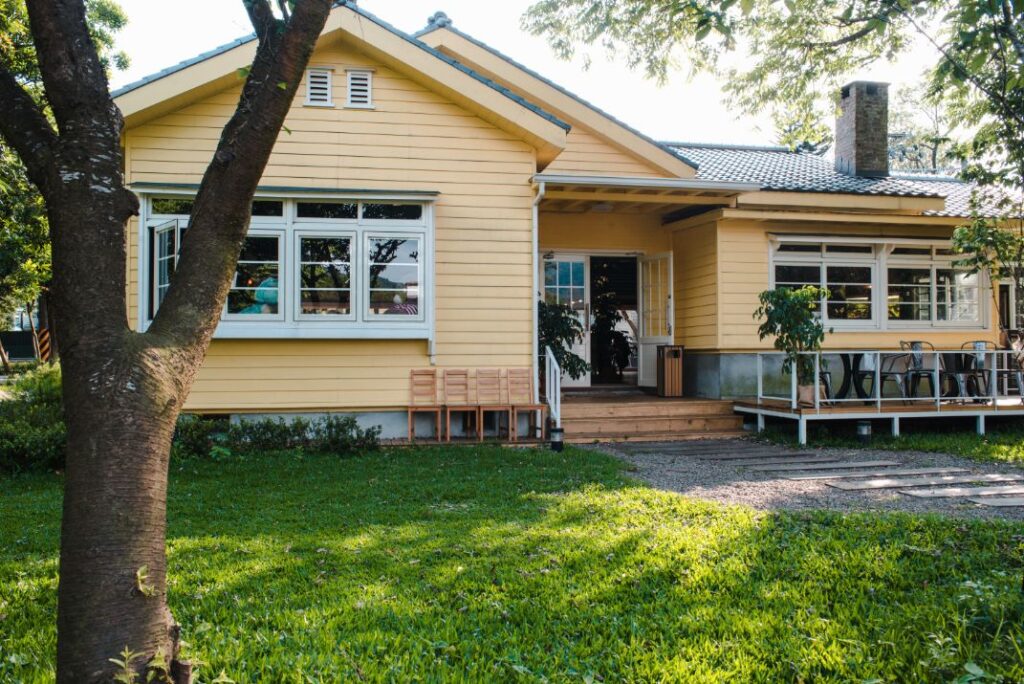Restumping is the process of replacing damaged or old stumps with new stumps to strengthen a building’s foundation.
In this article, we will touch on what is restumping, commonly referred to as reblocking, when it is needed and why you may require it.
What is Restumping?
Restumping is the process of replacing your old, rotten, or termite-infested stumps with new, sturdier ones. This ensures your home has a solid foundation, which is essential for your family’s safety and your property’s longevity.
How do I know when to Restump?
Look around your house and check if you found all or any of these signs:
- Cracks in walls, inside and outside of the house
- Jamming doors and windows or don’t fit properly.
- Bouncy or uneven floors
- Gaps between the floors and walls
If you found all or most of the signs, it’s likely you need a restumping service immediately.
It’s a tricky job and something you can’t DIY restumping like other projects shown on Youtube. Restumping needs expertise, skill, and required tools to complete the task.
Types of building foundations and footings
The types of building foundations and footings are slab on ground, suspended floors, strip footings, pad footings, stumps, piles, and piers.
Slab on Ground
Ground slabs are concrete blocks that are placed straight into excavated trenches in the ground.
Suspended Floors
A suspended floor is supported by stumps or piers that are set into the ground. The floor is then suspended above the ground.
Strip footings
Strip footings are concrete slabs that are placed underneath a house’s walls.
Pad footings
Pad footings are similar to strip footings but are used to support isolated columns or piers.
Stumps
Stumps are vertical posts used to support a house’s structure.
Piles
Piles are long, thin pieces of wood, concrete, or metal that are driven into the ground.
Piers
Piers are vertical concrete columns used to support a house’s beams.
Why do house stumps fail?
The three main stump materials – Timber or wooden, Concrete, and Steel stumps can fail for different reasons. Some of them are –
Why timber stumps fail
Timber stumps can fail due to age, rot, termites, moisture, flooding, insects, and shifting soil.
Why concrete stumps fail
Concrete stumps can fail if the steel in the stump is exposed to moisture and air and begins to corrode.
Why steel stumps fail
The main reason for failing the steel stumps is rust. Galvanizing steel can easily prevent rust.
Considering all this, you might need to know how much does it cost to restump a house? You can easily check our blog here.

